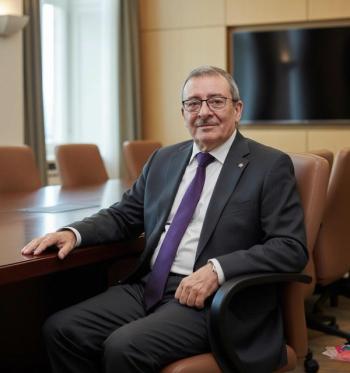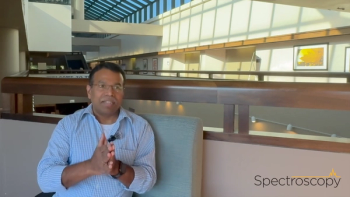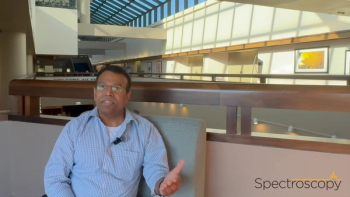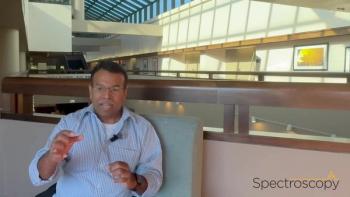
How ICP-MS Advanced the Mission of the CDC: An Interview with Robert L. Jones
At the Winter Conference on Plasma Spectrochemistry, Spectroscopy sat down with Robert Jones to discuss his career at the Center for Disease Control (CDC), and how their ICP-MS laboratory helped advance the work of the CDC.
Robert Jones served as the Chief of the Inorganic and Radiation Analytical Toxicology Branch at the Centers for Disease Control and Prevention (CDC). He helped plan, implement, and oversee programs related to public health that involve both non-radioactive and radioactive elements or their isotopes (1). These programs encompassed research and development of various analytical methods to assess and monitor population exposure to toxic or radioactive elements, including using inductively coupled plasma–mass spectrometry (ICP-MS) to analyze trace and toxic metals. He oversaw the development of radionuclide bioassay methods for emergency and terrorism preparedness and response. His responsibilities extended to the implementation and laboratory aspects of various local, state, regional, national, and international health studies or investigations, including responses to epidemiological aids and emergency situations.
Jones was one of the Heritage Lecture speakers at the Winter Conference on Plasma Spectrochemistry, where he gave a talk titled, “CDC’s Clinical ICP-MS Laboratory – Accomplishments, Innovations, and Public Health Successes.”
In this interview segment, Jones answers the following questions:
- How has the increased use of inductively coupled plasma–mass spectrometry (ICP-MS) advanced the work of the Center for Disease Control (CDC)?
- In your opinion, what has been the greatest accomplishment in your career that you are most proud of?
Reference
(1) Liu, Y.; Xiao, G.; Jones, R. L. High-Throughput Determination of Ultratrace Actinides in Urine by In-Line Extraction Chromatography Combined with Quadrupole Inductively Coupled Plasma Mass Spectrometry (EC-ICP-MS). Anal. Chem. 2022, 94 (51), 18042–18049. DOI:
Newsletter
Get essential updates on the latest spectroscopy technologies, regulatory standards, and best practices—subscribe today to Spectroscopy.





